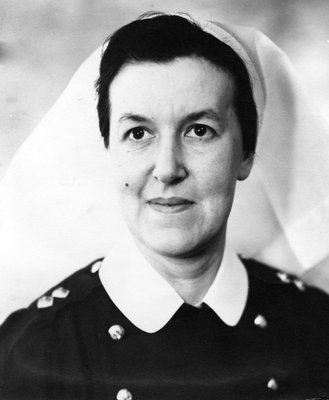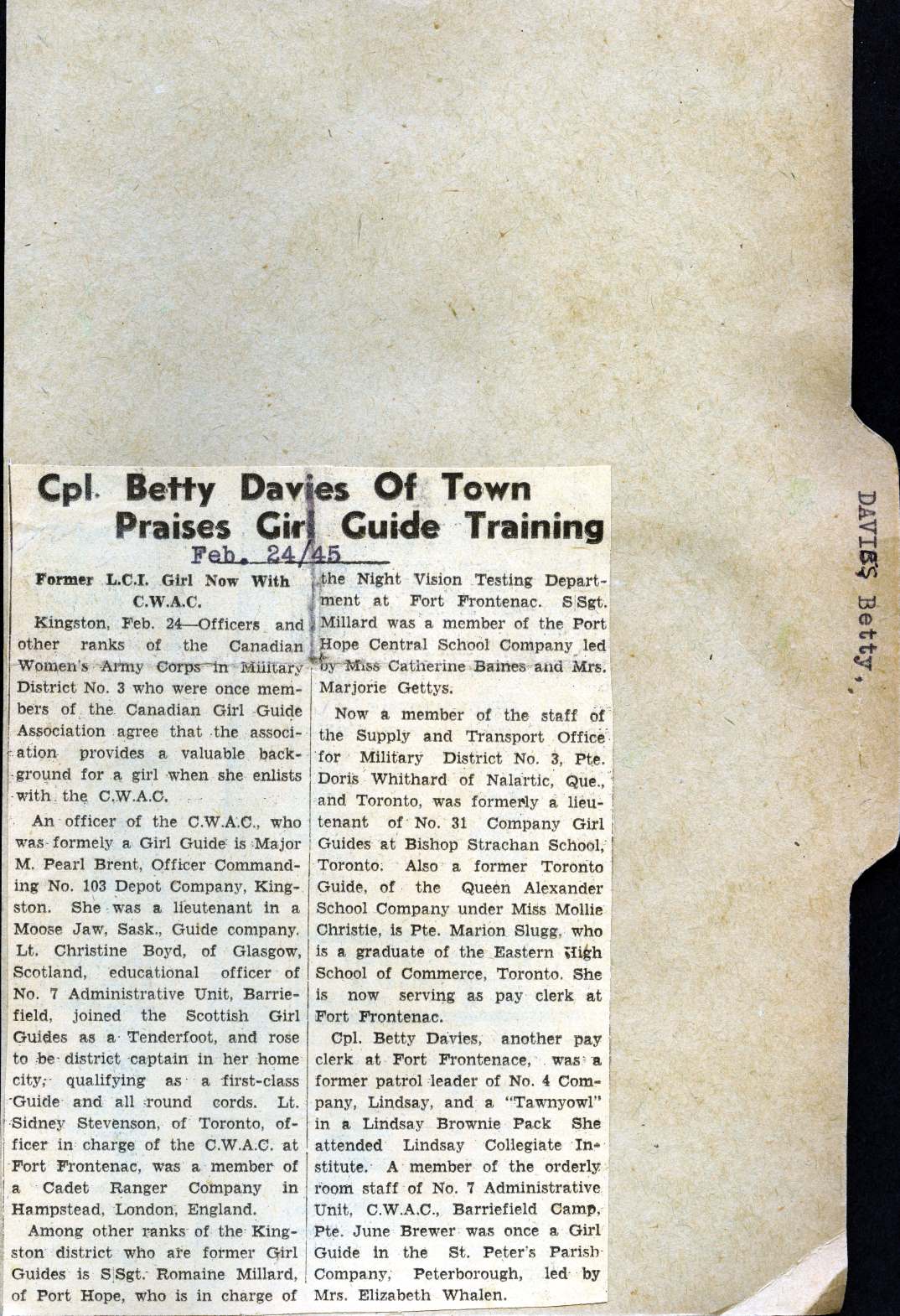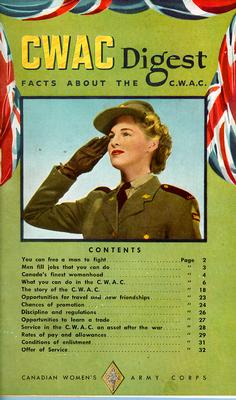By the Second World War, things were much different for women in Ontario and Canada than they were in the First World War. Women had been voting in federal and provincial elections for two decades by then, running and being elected to positions at every level, and being more involved in political decisions that had shaped the country.
Patriotism and national pride was not as much of a driving force in WWII. While Canada was more independent and was able to make its own declaration of war against Germany and the Axis powers, it waited only one week after Britain had done so. The war this time was between good and the Ultimate Evil: Adolf Hitler and everything he stood for.
The Canadian military was far more open to bringing women overseas to serve in a larger variety of positions. At home, workplaces were far more ready to welcome women into a variety of jobs, after the successes of such programs in WWI.


As you'll see in the following two pages about Women in the War and Women on the Home Front, women's experiences of World War Two were much more varied and dramatic. The war also allowed women from all over Canada to visit Ontario for the first time.
Some Canadian women, who experienced Ontario as training and service locations during their time with the Canadian Women's Army Corps, wrote about their time here. One example is Lucy Helen Grey, who was born in Prince Edward Island and settled in Toronto with her pilot husband after the war.
Another is Billy Pickard, whose story started in Saskatchewan and who took the train all over Canada for school and training before shipping overseas, including Kitchener. In Antwerp, she met a Toronto man, married, and moved there with him when the war was over.


Women of colour in Ontario were not all treated well during the war. Some, such as women of Japanese descent, were actually imprisoned during WWII, because the Canadian government suspected them of ongoing allegiance to Japan and the Axis. They were removed from their homes, mostly in British Columbia and along the west coast, and moved to internment camps in the interior of the province, while others were brought to Ontario to work in labour camps. This discrimination and mistreatment was justified by the government as preventing sabotage on the home front. As a result, thousands of Canadians of Japanese descent moved to Japan after the war and many others settled in eastern provinces, including Ontario. You can read more about this treatment in our exhibit about Japanese history in Ontario.



